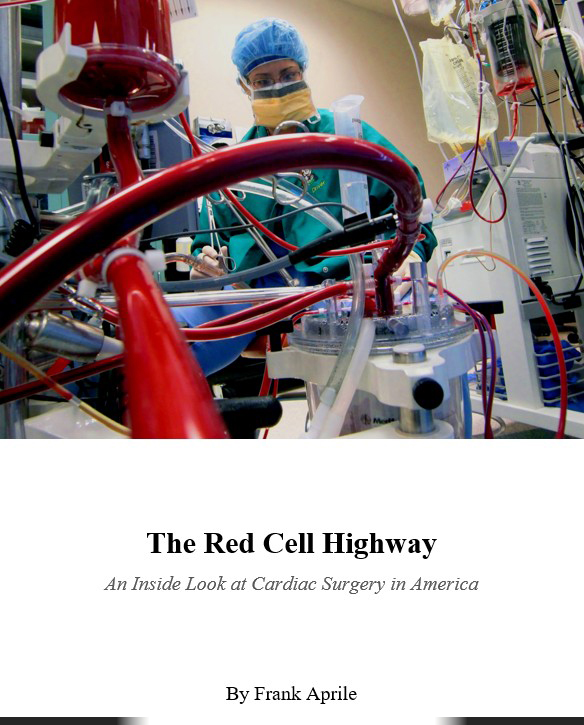Minimally Invasive Surgical Approaches to Left Main and Left Anterior Descending Coronary Artery Revascularization are Superior Compared to First- and Second-generation Drug-eluting Stents: a Network Meta-analysis

Objectives
There are a number of minimally invasive approaches to revascularization of coronary artery disease that involve the left main or proximal left anterior descending artery; however, studies to date provide mixed results.
Methods
A Bayesian network meta-analysis was performed to compare early and late postoperative outcomes between percutaneous coronary intervention with first- and second-generation drug-eluting stents (DESs), off-pump coronary artery bypass and minimally invasive direct coronary artery bypass (MIDCAB) in patients with involvement of left main or left anterior descending disease.
Results
A total of 37 studies with 31 728 patients were included in the analysis. There were no significant differences in early mortality rates, strokes or myocardial infarctions (MIs). The long-term all-cause mortality rate was equivalent between the groups. Patients who had off-pump coronary artery bypass had fewer late MI compared with those who had first-generation DES (DES1) [odds ratio (OR) 0.38, 95% confidence interval (CI) 0.20–0.72] and MIDCAB (OR 0.41, 95% CI 0.17–0.97) and reduced late target vessel revascularization compared with DES1 (OR 0.17, 95% CI 0.09–0.32) and second-generation DES (DES2) (OR 0.32, 95% CI 0.14–0.72). The rate of late major adverse cardiac events was lower with off-pump coronary artery bypass compared with that with DES1 (OR 0.33, 95% CI 0.26–0.43) and DES2 (OR 0.62, 95% CI 0.45–0.90). The rate of late major adverse cardiac events with MIDCAB was lower than that with DES1 (OR 0.43, 95% CI 0.31–0.62) as was that with DES2 compared with DES1 (OR 0.53, 95% CI 0.39–0.70).
Conclusions
Surgical approaches to left main or proximal left anterior descending disease remain superior to first- or second-generation DES in terms of long-term freedom from MI and target vessel revascularization as well as improved overall long-term survival. Conflicting rates of late MI and target vessel revascularization in patients who underwent MIDCAB suggest disease in alternate vessels that may best be approached via hybrid techniques.
